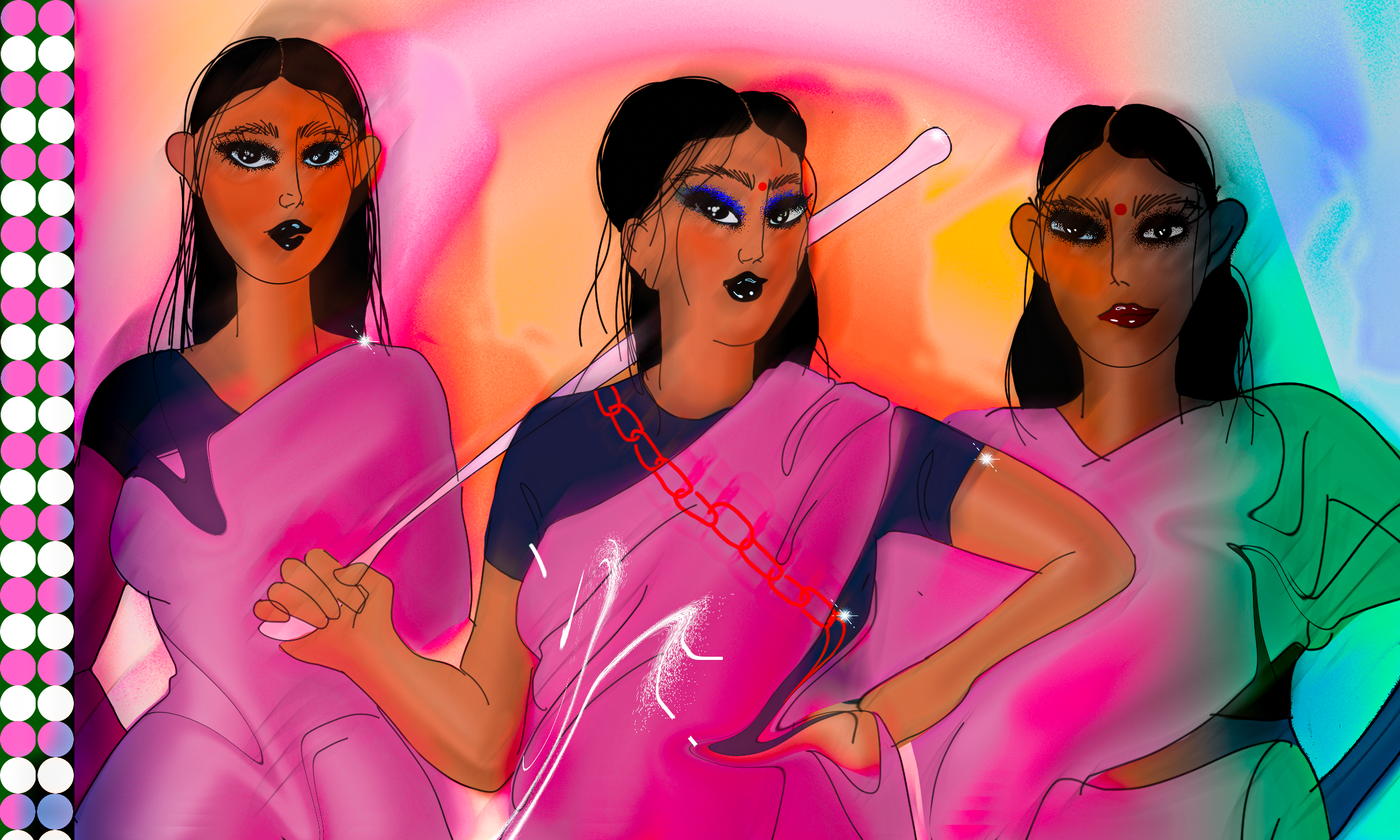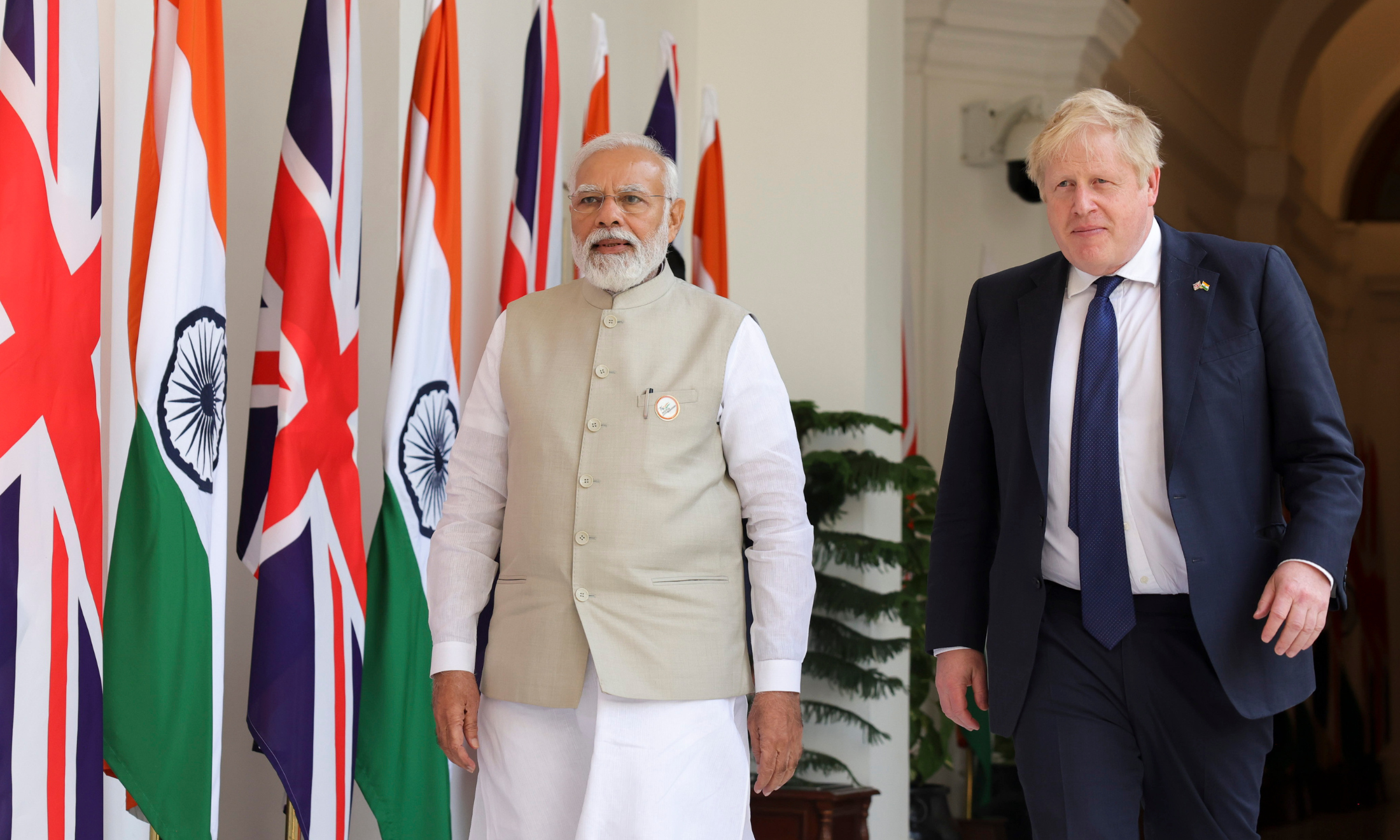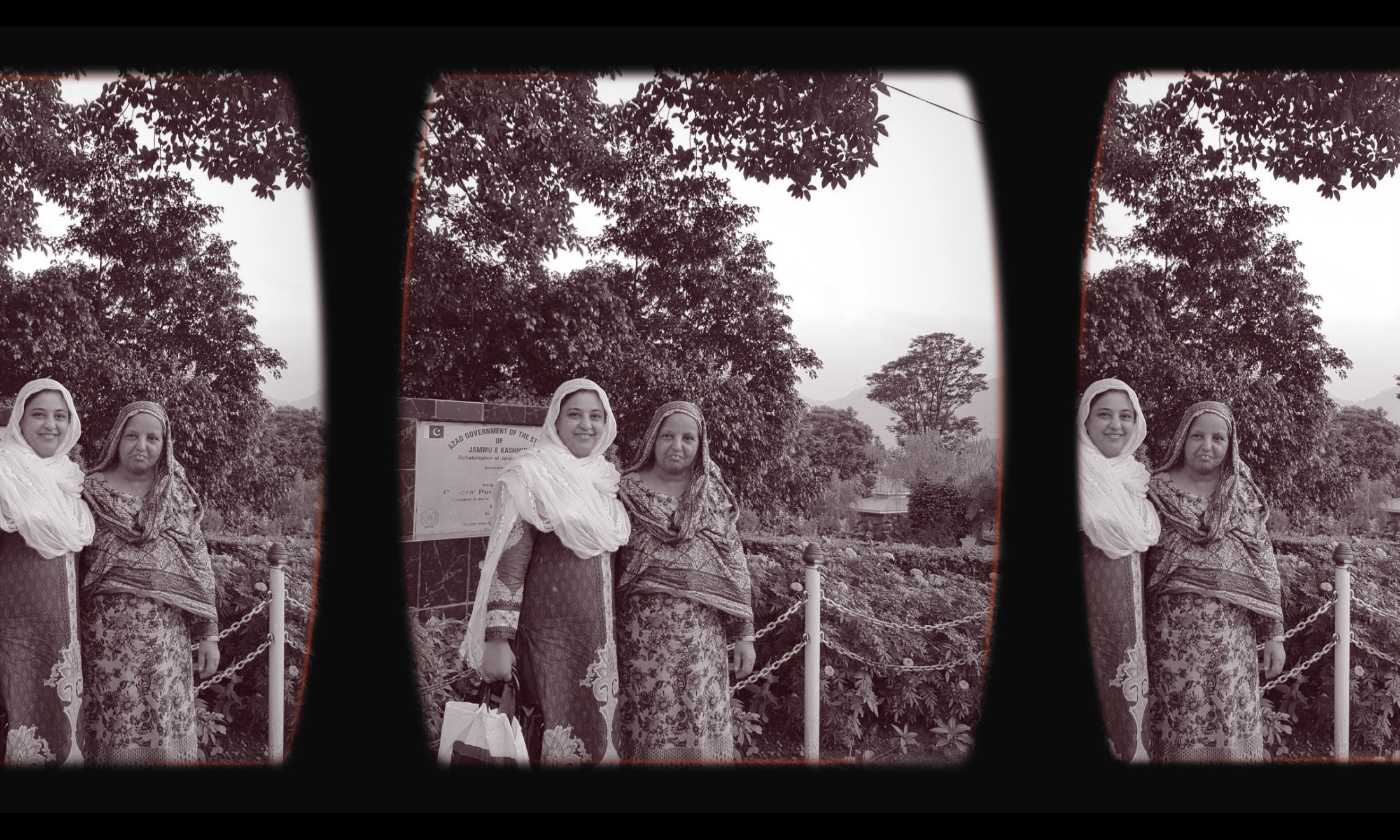
Bleach, please: what does India’s crackdown on skin-whitening really mean?
A new law in India is poised to change the way advertisers can promote skin-bleaching products, but the problem of colourism extends beyond legislation.
Angelica Silva
23 Feb 2020
Creams, pills, lasers, injections – there’s a skin whitening treatment that exists in almost every form in India. Whether it’s a weekly trip to the local supermarket to stock up on Fair & Lovely or an appointment with a dermatologist who’s received “fantastic” reviews on her chemical peel treatment, skin lightening practices are buried deep and can be found in every state, from the smallest towns to the crowded, bustling cities.
For years, these treatments have been the backbone of the country’s beauty and cosmetics industry, while continuing to perpetuate nation-wide colourism – discrimination against people with darker skin tones. But in early February 2020, India’s government made the long-overdue decision to change this. In a grand strike against the industry, the government has targeted advertisements which promote pharmaceutical products for fair skin, on the grounds that they are false and misleading.
While this legislative action from India’s government is long overdue, it is undeniably a sign of progress and a step in the right direction. However, I worry it still may not be enough.
In 2014, the Advertising Standards Council of India issued a list of guidelines for advertising skin lightening and fairness products, stating that “ads should not reinforce negative social stereotyping on the basis of skin colour” or “portray people with darker skin as… inferior, or unsuccessful in any aspect of life”. Unfortunately, this only made companies change their tactics by repackaging fairness creams as “brightness” or “glow” creams. They pretended to be progressive but continued to advertise fairness products in strategic, subliminal ways.
“These treatments are the backbone of India’s beauty and cosmetics industry while continuing to perpetuate nation-wide colourism”
The recently-announced draft bill might make more of a difference. The legislation proposes a fine of up to Rs 10 lakh (around £10,800) and up to two years imprisonment for the first offence. In the case of subsequent conviction, imprisonment can extend up to five years. The fine increases up to Rs 50 lakh (£54,000). With such a costly, harsh punishment soon to be enforced, India’s government has certainly learned from the past. This legislation could do more to hold skin whitening companies accountable for their discriminatory and racist products.
The reason for this belated bill? India’s Ministry of Health and Family Welfare states that it is essential to “keep pace with changing times and technology”.
Indeed, these are changing times. While India’s deep-rooted cultural obsession with light skin has sparked heated debate and discussion across South Asia for years and now, people in power are finally listening. As bleaching creams alone are expected to reach an annual market revenue of $750 million by 2023 in India, clinical studies and global medical organisations have publicly condemned and warned against their use, citing evidence that they increase the chances of skin cancer, nerve and kidney damage.
The incredibly forceful, racist connotation that light skin is superior has not been constructed in the Indian mindset independently, but also in countries like Jamaica, Malaysia, Nigeria and South Africa. It dates back to the 1400s, when various white invaders and colonisers entered these countries, including the British, French, Dutch, and Portuguese. Having light skin meant you were viewed as being closer to the white Europeans who held positions of power.
But divisions between North and South India have played their part in this rigid dichotomy, too. I grew up being told I was “lucky” to be “very light” for a South Indian girl. Confused and irritated, this led me to discover Aryans and Dravidians, historical race concepts that have come to describe our “disparate” ancestries. The origin of these labels is very controversial and essentially completely fabricated. Even so, South Indians of Dravidian ancestry are said to be dark-skinned and short, while North Indians of Aryan ancestry are said to have “god-like” characteristics, such as a strongly-built physique, height and fair skin. You can take a guess which of the two would be far more favoured in India.
India’s caste system, a socio-economic hierarchy that permeates Indian society, is also tied to colourism. Light skin is associated with wealth, status and stronger chances of matrimony. Darker skin is affiliated with poverty, being from a lower caste and being unattractive – or, as India’s lowest caste is referred to, “untouchable”.
Colonialism, regional divisions and caste are the root causes of colourism here. They have not only negatively shaped our culture, but created and expanded the relentless skin whitening industry.
Much of the industry’s ongoing success can be attributed to high profile celebrities endorsing and appearing on advertisements for whitening creams. Priyanka Chopra and Deepika Padukone are just two out of dozens of Bollywood’s highest-grossing women actors who have profited from skin lightening endorsements, followed by India’s very own “King of Bollywood”, Shah Rukh Khan. These companies ruthlessly feed off the insecurities of people who remain in the tight grasp of Eurocentricity, selling them a false dream that they too can reap the social and personal rewards of fair skin.
“The issue of people selling and buying these same products, or even more dangerous versions on the black market, looms over us”
But before the solution of a complete ban on the advertisement of these products (which could theoretically be followed by a ban on their production) can be celebrated, we need to think about its repercussions. Even with stronger regulation, the issue of people selling and buying these same products, or even more dangerous versions on the black market, looms over us. When enforcing a ban, social and cultural change should be a priority. The two need to go hand-in-hand in order to prevent people from risking their lives.
There’s no denying India has a long way to go to curb its phobia of darker skin, but change is slowly taking place. Younger generations are speaking up and more creatives are being represented in online media. The revolutionary work of social media campaigns and non-profits, such as #UNFAIRANDLOVELY and Dark is Beautiful, are challenging the way Eurocentric beauty standards and colourism permeate the lives of so many South Asians.
So, where do we go from here? As history shows us, progress is never a straight line. There is no doubt that skin lightening treatments will endure as long as they are available, but with companies now facing the risk of much harsher sentences than ever before, there are no more chances of them getting off with a slap on the wrist. They are facing serious charges and sentences. I think they finally realise India will not stop coming after them.
As attitudes continue to be changed by younger generations and creatives in online media, my hope is that the power of whitening brands will be diminished. Until that moment arrives, it is our moral obligation to speak out against this racist, colourist business.









